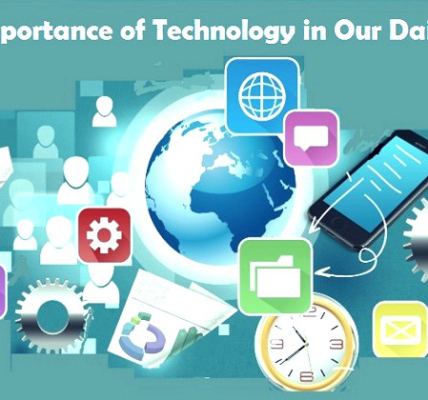The blockchain market has witnessed significant growth and evolution in recent years, driven by technological advancements, increasing adoption across industries, and growing investor interest. In this article, we will conduct a comprehensive analysis of the blockchain market, examining key trends, growth drivers, challenges, and the future outlook.

1. Market Overview:
The blockchain market encompasses a wide range of applications and industries, including finance, healthcare, supply chain management, and more. Blockchain technology, which enables secure, transparent, and decentralized transactions, has gained traction as organizations seek to streamline operations, enhance security, and unlock new business models.
2. Key Trends:
Several key trends are shaping the blockchain market:
- Enterprise Adoption: Enterprises across various sectors are increasingly embracing blockchain technology to optimize processes, improve transparency, and reduce costs.
- Interoperability: The development of interoperable blockchain solutions is gaining momentum, enabling seamless communication and data exchange between different blockchain networks.
- Tokenization: The tokenization of assets, securities, and commodities on blockchain platforms is opening up new avenues for investment, liquidity, and asset management.
- Regulatory Landscape: Regulatory developments and compliance requirements are influencing the adoption and deployment of blockchain solutions, with governments and regulatory bodies seeking to strike a balance between innovation and oversight.
3. Challenges:
Despite its potential, the blockchain market faces several challenges:
- Scalability: Scalability remains a significant challenge for blockchain networks, with limitations in transaction throughput and processing speed hindering widespread adoption.
- Regulatory Uncertainty: Uncertainty surrounding regulatory frameworks and compliance requirements presents challenges for blockchain projects, particularly in highly regulated industries such as finance and healthcare.
- Interoperability: Achieving interoperability between different blockchain networks and protocols is complex and requires standardized protocols and interoperability solutions.
- Security Concerns: While blockchain technology offers enhanced security features, it is not immune to security breaches and vulnerabilities, requiring robust security measures and protocols to mitigate risks.
4. Future Outlook:
The future outlook for the blockchain market is promising, with continued innovation, investment, and adoption expected across industries. As scalability issues are addressed, regulatory frameworks clarified, and interoperability solutions developed, blockchain technology is poised to become increasingly integrated into business processes, financial systems, and everyday transactions.
CONCLUSION
In conclusion, the blockchain market represents a dynamic and rapidly evolving landscape, driven by technological innovation, regulatory developments, and market demand. As organizations recognize the transformative potential of blockchain technology, investments in research, development, and deployment are expected to accelerate, paving the way for a more decentralized, transparent, and secure digital future.




